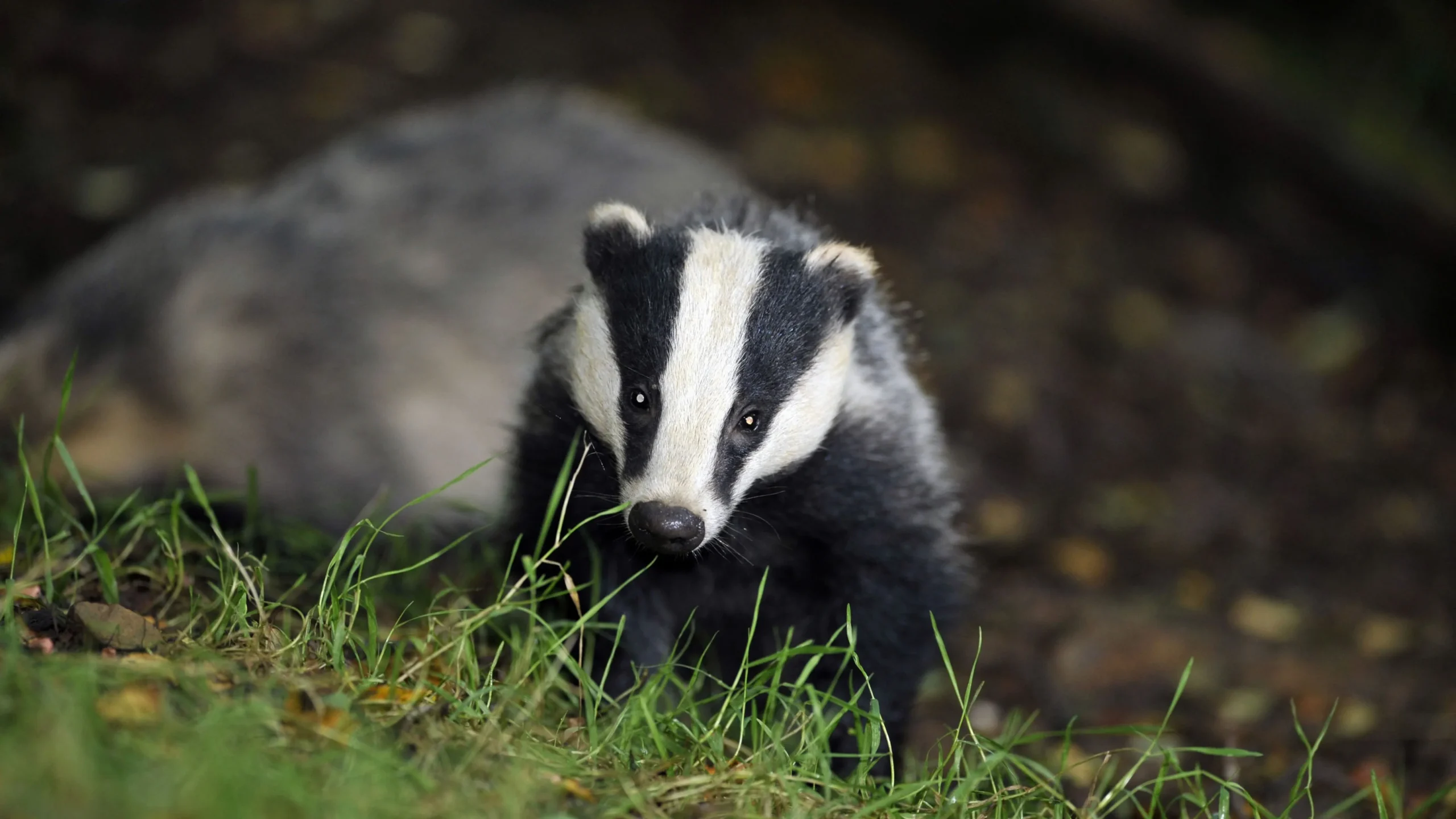England’s controversial eradication scheme may have caused higher rates of disease in surrounding areas, research shows
New research suggests that England’s contentious badger culling program may have inadvertently heightened the risk of bovine tuberculosis (bTB) among cattle in nearby regions.
Researchers from the University of Oxford discovered that while badger culling reduced bTB cases within targeted areas, the risk of infection in herds located in adjacent areas surged by nearly 30%.
The badger cull, part of a long-standing initiative to eliminate bTB in England, has been ongoing for several years. This disease, primarily transmitted between cattle and through contaminated equipment, can also be spread by infected badgers.
Since the cull’s inception, it has been met with strong opposition from environmental groups such as the Wildlife Trusts and animal rights advocates. According to the Badger Trust, over 200,000 badgers—approximately half of the UK’s badger population—have been culled.
Despite Labour’s previous stance against the culls while in opposition, the newly elected government has yet to make any definitive policy changes.
The Oxford study highlights the unintended consequences of the culling strategy, emphasizing that these outcomes should be pivotal considerations for scientists and policymakers involved in devising such strategies.
The research, conducted in two parts, involved a re-evaluation of data from the randomized badger culling trial (RBCT) carried out between 1998 and 2005. The initial findings indicated that culling benefitted cattle within the targeted areas.
However, a subsequent peer-reviewed analysis of the RBCT data revealed a 29% increase in bTB risk for cattle in neighboring regions.
This secondary study aimed to address concerns over the “lack of evidence” supporting the RBCT experiment, ultimately suggesting that, regardless of the statistical approach used, badger culling during the RBCT correlated with an elevated risk of tuberculosis in cattle residing near culled zones.
The analysis further indicated that the increased risk of bTB transmission among neighboring cattle was most pronounced during active culling periods, underscoring the need for “careful consideration” when planning culling strategies.
The researchers concluded: “Our comprehensive analysis indicates that during the RBCT, proactive culling was consistently linked to a heightened risk—though diminishing over time—of bTB outbreaks among cattle in areas adjacent to culled regions compared to those near non-culled survey-only areas.
“These adverse effects, particularly in the immediate aftermath of initial culling, are critical factors for scientists and policymakers to consider in the design and implementation of future badger culling strategies.”
A spokesperson for Defra stated: “We recognize the profound impact that bovine TB has had on the farming community, veterinary professionals, and conservationists, with countless cattle lost and badgers culled as a result.
“This government is committed to implementing a comprehensive TB eradication plan, which will include vaccination, herd management, and biosecurity measures, to achieve our goal of bovine TB-free status and ultimately end the badger cull.”
